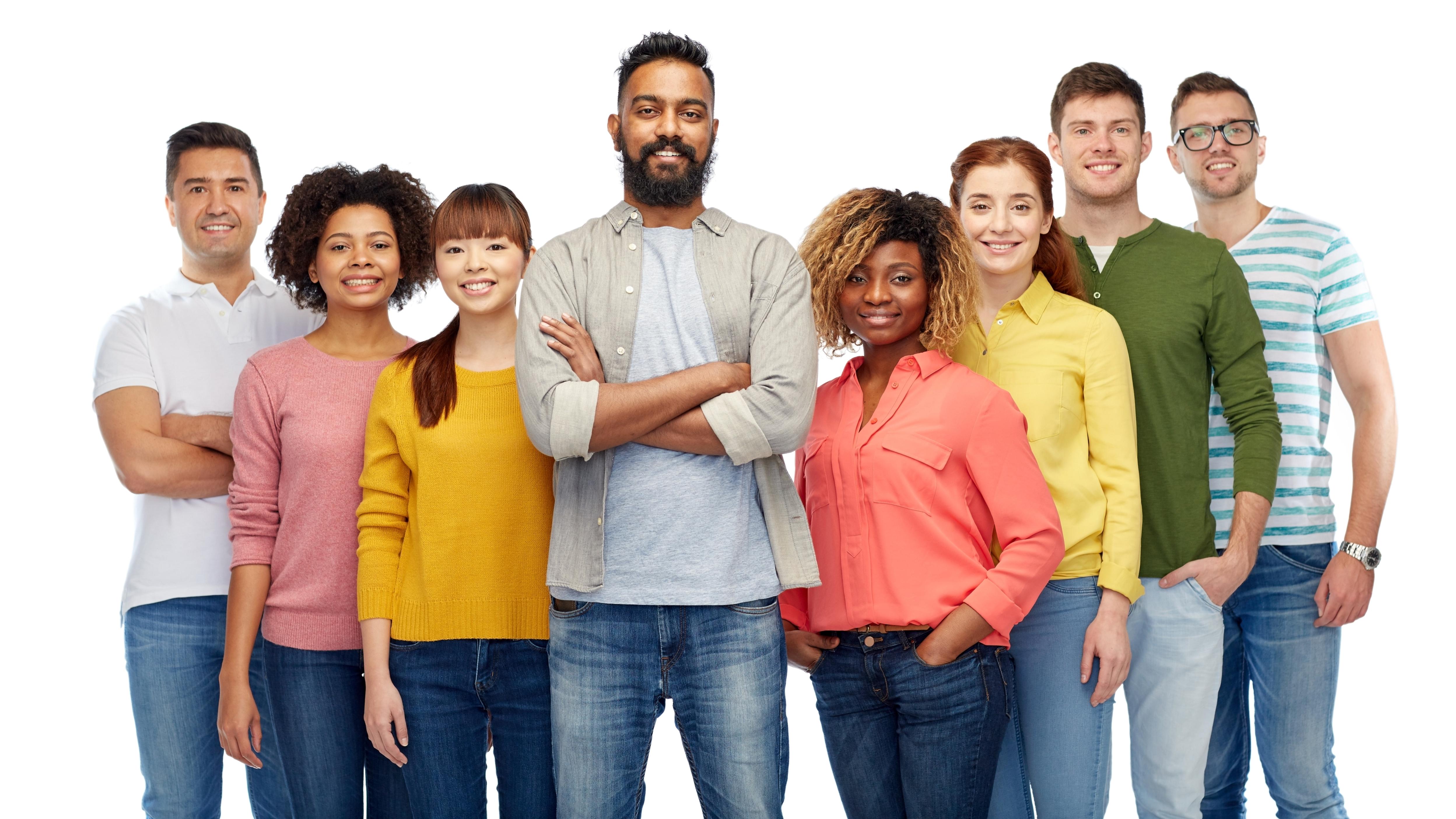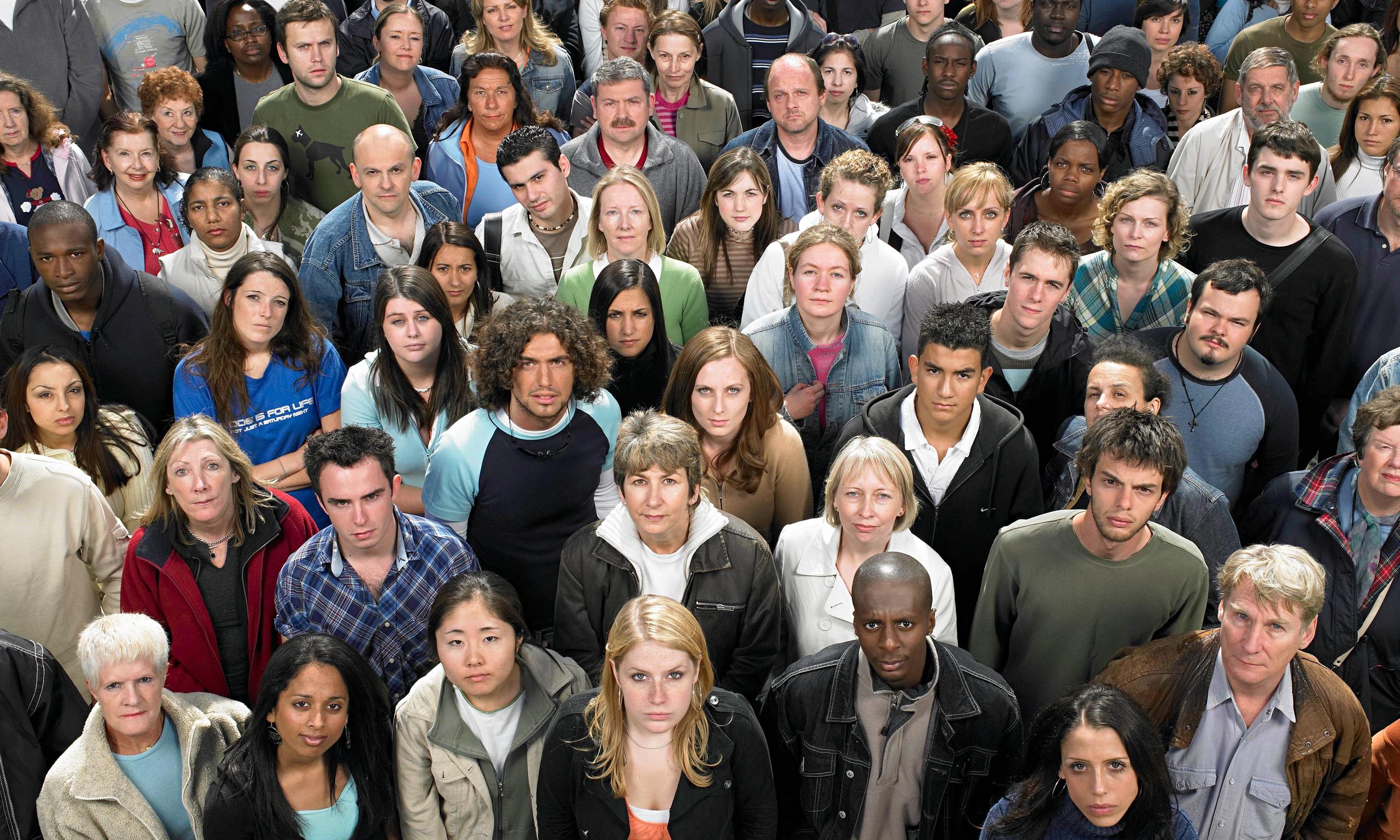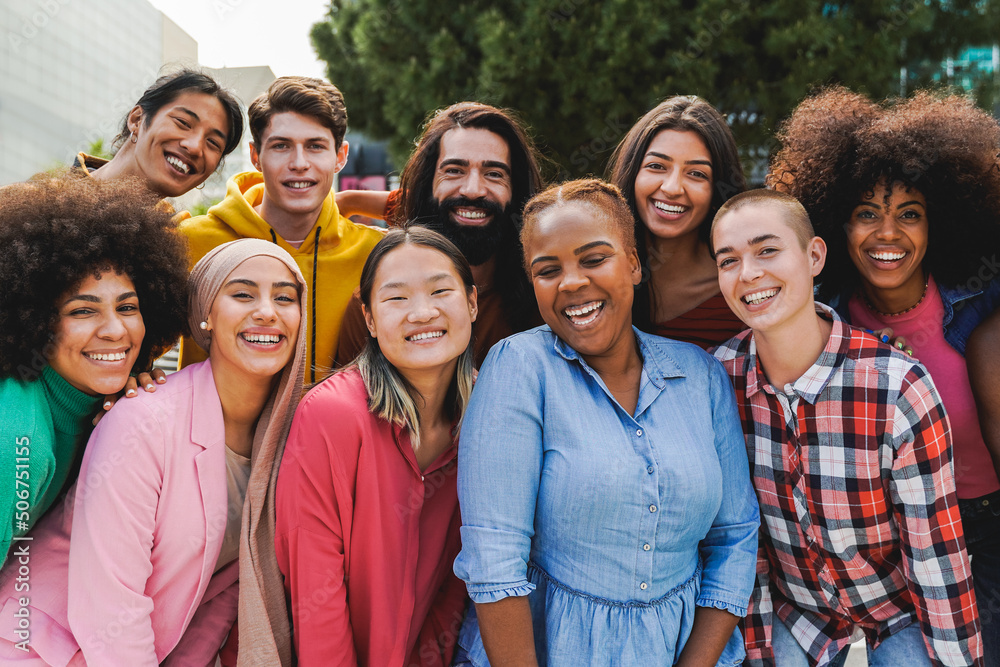Living Fully: Real Stories Of People Without Arms
It’s truly something to think about how we all move through our days, using our hands for so many little things. From a morning cup of coffee to sending a quick message, our arms and hands are just there, aren't they? Yet, there are many folks who live their lives in a different way, without the use of their arms, and their stories are really quite amazing. These are people who show us so much about what it means to be strong and to find new paths.
Learning about how people without arms manage everyday activities can be a very eye-opening experience. It makes us pause and think about the simple things we often take for granted. Their experiences offer a fresh look at human strength and how we can all find ways to do what needs doing, even when things are tough. It's a topic that, you know, really gets at the heart of human interest, much like the captivating stories we often share about real people and their journeys.
This article aims to shed some light on the lives of people without arms, sharing insights into their daily routines, the clever ways they get things done, and the incredible spirit they carry. We’ll look at some common questions people have and, in a way, celebrate the ingenuity and determination that shines through. It's about seeing the person, not just the physical difference, and understanding the rich lives they lead, just like anyone else.
- Peyton Manning Home In Denver
- What Is Indiana Jones Real Name
- Robertson And Sons
- White Party Food Ideas
- Dating Sites In Thailand
Table of Contents
- Understanding Life Without Arms
- Daily Routines and Clever Solutions
- The Human Spirit and Community
- How to Be Supportive
- Frequently Asked Questions
Understanding Life Without Arms
When we talk about people without arms, we are referring to individuals who were either born without upper limbs, a condition sometimes called congenital limb difference, or those who have lost their arms due to an accident or illness. Each person’s journey is, in some respects, truly unique, shaped by when and how they came to be without arms, and also by the kind of support they have around them. It's a situation that calls for a lot of adaptation, and that's something these folks really excel at.
For many, life without arms starts from the very beginning. They grow up learning to do things in ways that others might not even consider. This means using their feet, their mouths, or even other parts of their bodies to accomplish tasks. It's a testament to how adaptable the human body and mind can be, really. These individuals often develop amazing dexterity and control in their other body parts, which is quite something to witness.
Then there are those who experience limb loss later in life. This can be a very different kind of adjustment, as they have to relearn how to do many things they once did with their arms. This transition can be incredibly tough, but it also shows an amazing level of grit and determination. So, whether from birth or later in life, the path involves a lot of learning and finding new methods for daily living.
- What Order To Read The Inheritance Games
- What Happened To Meg From Next Level Chef
- Flirty Questions To Ask Your Girlfriend
- Dylan Dreyer Pay
- Is Lulu Leaving General Hospital
Daily Routines and Clever Solutions
It's natural to wonder about the practical side of things: how do people without arms handle everyday stuff? The answer is often through incredible ingenuity and a willingness to try new approaches. They might use specialized tools, but more often, they rely on their own bodies, adapting in ways that are truly inspiring. It's like, they just figure it out, no matter what.
Think about something as simple as eating a meal. Someone without arms might use their feet to hold a fork or spoon, or they might learn to balance a cup with their chin and shoulder. It sounds a bit different, perhaps, but it works for them. They practice these skills until they become second nature, which is, you know, pretty impressive.
Technology also plays a part, offering some clever aids. Voice-activated devices, for instance, can help with everything from turning on lights to sending messages. There are also specialized prosthetics, though many prefer to use their natural abilities. It's all about finding what works best for each person, and that can vary quite a lot.
Personal Care and Getting Around
Managing personal care, like brushing teeth or getting dressed, can be done with the feet or mouth. Some people learn to use their toes with remarkable precision, holding small items or even operating a toothbrush. It's a process that requires a lot of patience and practice, obviously, but it becomes part of their routine. They learn to be very independent in these tasks.
Moving around in the world is also something they master. Driving a car, for example, might involve special adaptations like foot-controlled steering or voice commands. Public transportation might require a little more planning, but it's certainly possible. The goal is always to live as independently as possible, and they often achieve this with remarkable success. They really make their way in the world, you know, just like everyone else.
Even things like opening doors or carrying items are figured out. They might use their mouth to turn a doorknob or balance a bag on their shoulder. It's a constant process of problem-solving, and they become very good at it. This ability to adapt and find solutions is a core part of their daily existence, in a way, showing us all about resilience.
Work, Hobbies, and Creative Expression
People without arms hold all sorts of jobs, just like anyone else. You might find them working in offices, creating art, or even performing on stage. Their work often shows off their unique skills and perspectives. For instance, some artists create stunning paintings using a brush held in their mouth or between their toes. This kind of creativity is truly something to behold.
Hobbies are also a big part of their lives. Some enjoy sports, adapting them to their abilities. Others might play musical instruments, write, or engage in crafts. It's all about finding what brings them joy and fulfillment, and then finding a way to do it. This pursuit of passion is a very human thing, and it shows that a physical difference doesn't stop anyone from living a full and interesting life.
Expressing themselves creatively is another area where many people without arms shine. They might write books, compose music, or share their stories through public speaking. Their unique experiences give them a powerful voice, and they often use it to inspire others and raise awareness. It's a way for them to connect with the world and share their valuable insights, which is, you know, pretty important.
The Human Spirit and Community
The stories of people without arms often highlight the incredible strength of the human spirit. They face challenges that many of us can barely imagine, yet they often approach life with a positive outlook and a determination to live fully. This resilience is a powerful reminder that our abilities are not just defined by our physical form. It’s about what’s inside, really.
Community plays a vital role too. Support from family, friends, and wider networks can make a big difference. There are also groups and organizations dedicated to helping people with limb differences, providing resources, advice, and a sense of belonging. These connections help individuals feel understood and empowered, which is, you know, very important for anyone.
Seeing these individuals thrive helps change perceptions about what is possible. It moves us away from focusing on what someone "lacks" and more towards celebrating their unique strengths and contributions. They show us that everyone has something valuable to offer, and that differences can actually lead to incredible innovation and new ways of seeing the world. It’s a pretty powerful message, at the end of the day.
How to Be Supportive
If you meet someone without arms, the best thing you can do is treat them with respect and as you would anyone else. Don't stare or make assumptions about what they can or cannot do. A simple, friendly greeting is always a good start. If they need help, they will usually ask, so it's best to let them lead the way. Just be yourself, basically.
Learning a little about adaptive techniques can also be helpful, but remember that each person is different. What works for one might not work for another. The key is to be open-minded and willing to learn from them. You know, it's about being a good human, really, and showing kindness.
Supporting organizations that promote inclusivity and provide resources for people with limb differences is another wonderful way to help. These groups do important work in advocating for accessibility and fostering a more understanding society. By doing so, we help create a world where everyone has the chance to live their best life. Learn more about human interest stories on our site, and link to this page for more insights into real people's lives.
Frequently Asked Questions
How do people without arms perform daily tasks like eating or writing?
People without arms learn to use other parts of their bodies, primarily their feet and mouth, for many daily tasks. For eating, they might hold utensils with their toes or use specialized adaptive tools. Writing can be done by holding a pen with their toes or mouth, or by using voice recognition software on computers. It's often about developing incredible dexterity and coordination in these areas, which is, you know, quite a skill.
Are there special tools or technologies that help people without arms?
Yes, there are various adaptive tools and technologies that can help. These can include voice-activated smart home devices, specialized computer setups with foot-controlled mice or voice input, and custom-designed kitchen utensils. Some people also use prosthetic arms, which have advanced quite a bit, offering different levels of function. The choice of tools, however, really depends on the individual's preferences and what works best for their specific needs, so it's not a one-size-fits-all thing.
What are some common misconceptions about people without arms?
One common misconception is that people without arms are helpless or constantly need assistance. In fact, many are incredibly independent and have developed very clever ways to manage their lives. Another idea that isn't quite right is that they are always sad or struggling; while they face challenges, many lead joyful, fulfilling lives, just like anyone else. It's important to remember that they are individuals with unique personalities and abilities, not defined solely by their physical difference, you know, that's really the main point.

Free photo: Group of People - Adult, Facial expression, Friendship

Free photo: People - Dark, Group, Humans - Free Download - Jooinn

Multiethnic diverse group of people having fun outdoor - Diversity